Looking for a few simple tips and tricks to keep that gorgeous poinsettia blooming big and bright all through the holidays?
Poinsettias, along with Christmas cacti, are the go-to choices when it comes to holiday decorating with plants. But as colorful and interesting as a cactus can be when in bloom, it’s hard to deny just how incredible it can be to have a fully flowering poinsettia light up a room.
From Thanksgiving through New Year’s Day, the stunning blooms of this perennial plant can brighten up everything from fireplace mantles to table centerpieces, front entrances and more. But for many who purchase plants for decorating, it can be quite disappointing to have your plants begin to fail well before the New Year arrives.
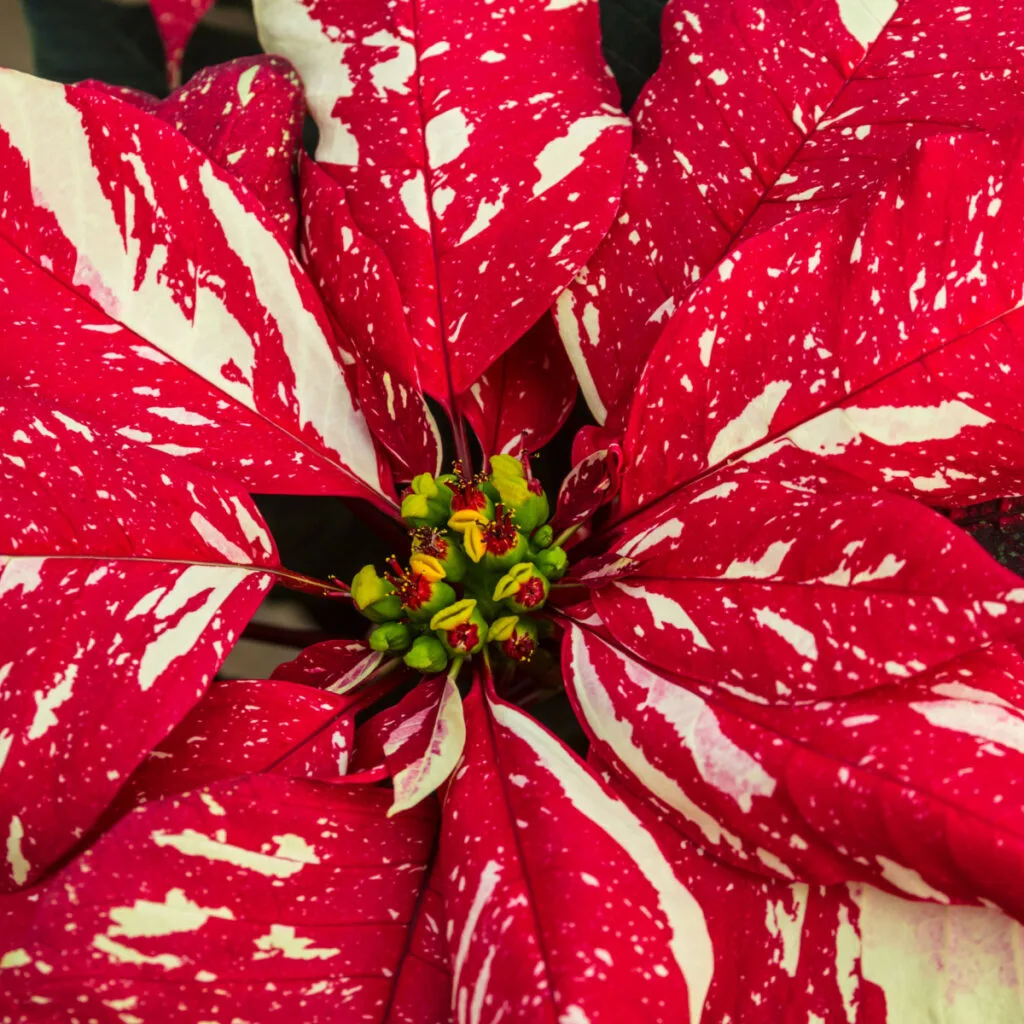
One thing is for sure, poinsettia plants can be expensive to purchase. In fact, the cost seems to rise more and more with each passing year. Which, of course, is just one more reason to get the most from them during the season as you can!
But here’s the good news – armed with just a few simple care and watering tips, keeping your poinsettias strong until the ball drops ( and even beyond) is easier than you could ever imagine. With that in mind – here is a look at the simple secrets to keep your poinsettias bright and beautiful!
How To Keep A Poinsettia Blooming Big
Poinsettias are actually quite the interesting plant when it comes to producing their color. Contrary to popular belief, the “blooms” of poinsettias are actually not flowers at all. They are instead a set of modified leaves called bracts that form on the plant.
So, to keep your plant holding on to its colorful leaves, it’s all about making sure the plant gets what it needs to take care of its foliage – and not about trying to protect or produce more blooms.
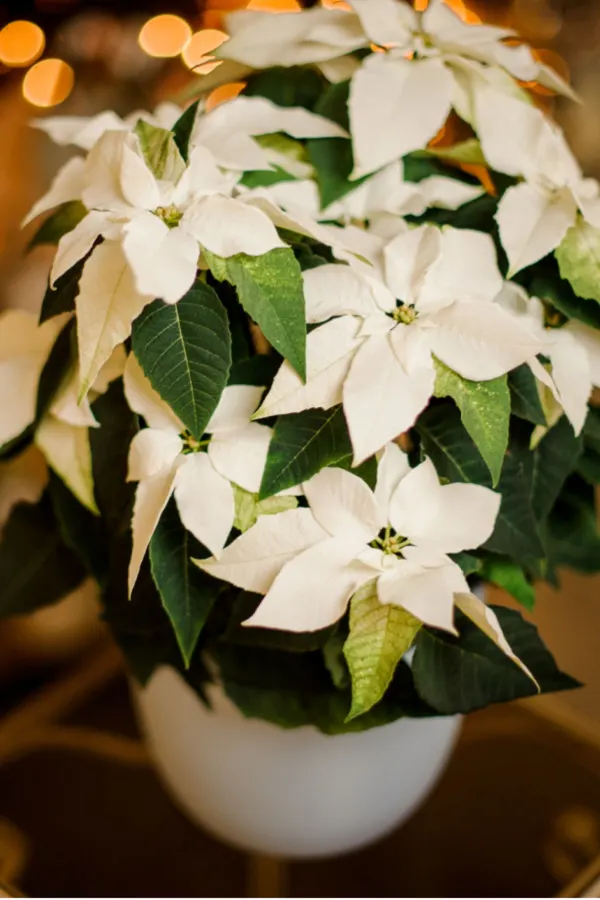
There are three key needs that need to met for a poinsettia to extend the lifespan of its colorful leaves to its maximum potential – proper moisture, good lighting and the right room temperature. With that in mind – here is a look at how to provide each of those in just the right amount!
How To Water Poinsettias – How To Keep A Poinsettia Blooming Big
Of all three key needs mentioned above, providing your plants with the proper moisture is the single most important factor to help the plant extend it colorful foliage as much as possible.
With just the right amount of moisture, the roots of poinsettias remain vibrant and healthy. And when they do, they are able to easily absorb and send nutrients to the stems and foliage – keeping the plant healthy and colorful for far longer.
If there is not enough moisture, the roots shrivel up. When this occurs, the plant can’t send nutrients out, and the foliage shrivels. And each time it dries out for too long, it knocks more days off the potential life of the colorful bracts of a poinsettia.
Listen in to our podcast below for even more gardening info!

But as much as a lack of water can be an issue, so can over-watering. In fact, more times than not, it is too much water that is the culprit when poinsettias lose their color too early.
Over-watering poinsettia plants leads to its roots becoming overly saturated and soggy. Unfortunately, when this happens, the roots swell up. And just as when they shrivel, when they are swollen, they simply can’t take in or distribute nutrients.
Even worse, when the roots become overly wet, they become highly susceptible to rot. Not only can it cause the leaves to yellow and fall off, if bad enough, it will kill off the poinsettia entirely.
How To Water For Success – How To Keep A Poinsettia Blooming Big
For best results when watering, always check down into the soil below the surface. Just because the top of the soil is dry, it doesn’t mean an inch down there isn’t moisture.
Check plants by sticking your finger down an inch into the soil. If it comes up with moist dirt sticking to your finger tip, allow it to dry out more before applying water. If it comes up clean and dry, it is time to water.
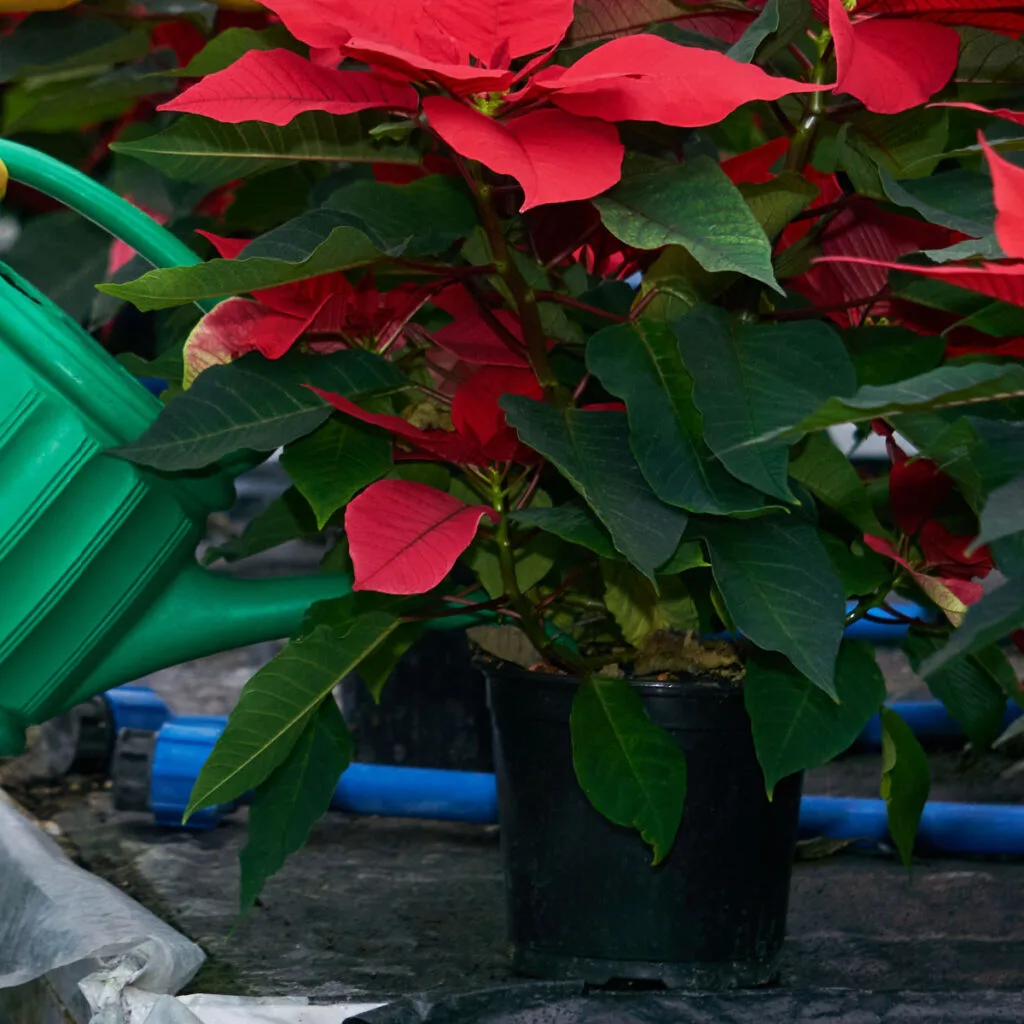
You can also use an inexpensive moisture meter to get an exact reading of the soil’s moisture. The key to success is to not let the roots become waterlogged – but to never let them dry out completely either.
One final note on watering poinsettia plants – if your plant comes wrapped in a shiny foil cover, be sure to poke a few holes in the bottom and loosen the wrap. This will allow the plant to drain from the bottom, and allow air in to keep roots healthy and strong. Remember, soggy roots will result in a struggling plant!
Giving Your Poinsettias The Light They Need – How To Keep A Poinsettia Blooming Big
To keep poinsettias blooming best, they need a good source of light. Poinsettias do not require direct sunlight or any type of grow lights, but a well-lit room will help extend the bracts color and life for a few more weeks.
Select a room for your plant that receive plenty of natural light from windows. For plants that are decorating darker rooms, take them near a window each day for a few hours of light. This will provide the extra light they need to keep their color strong. This simple tip can be huge in keeping your plants in color well past the New Year!
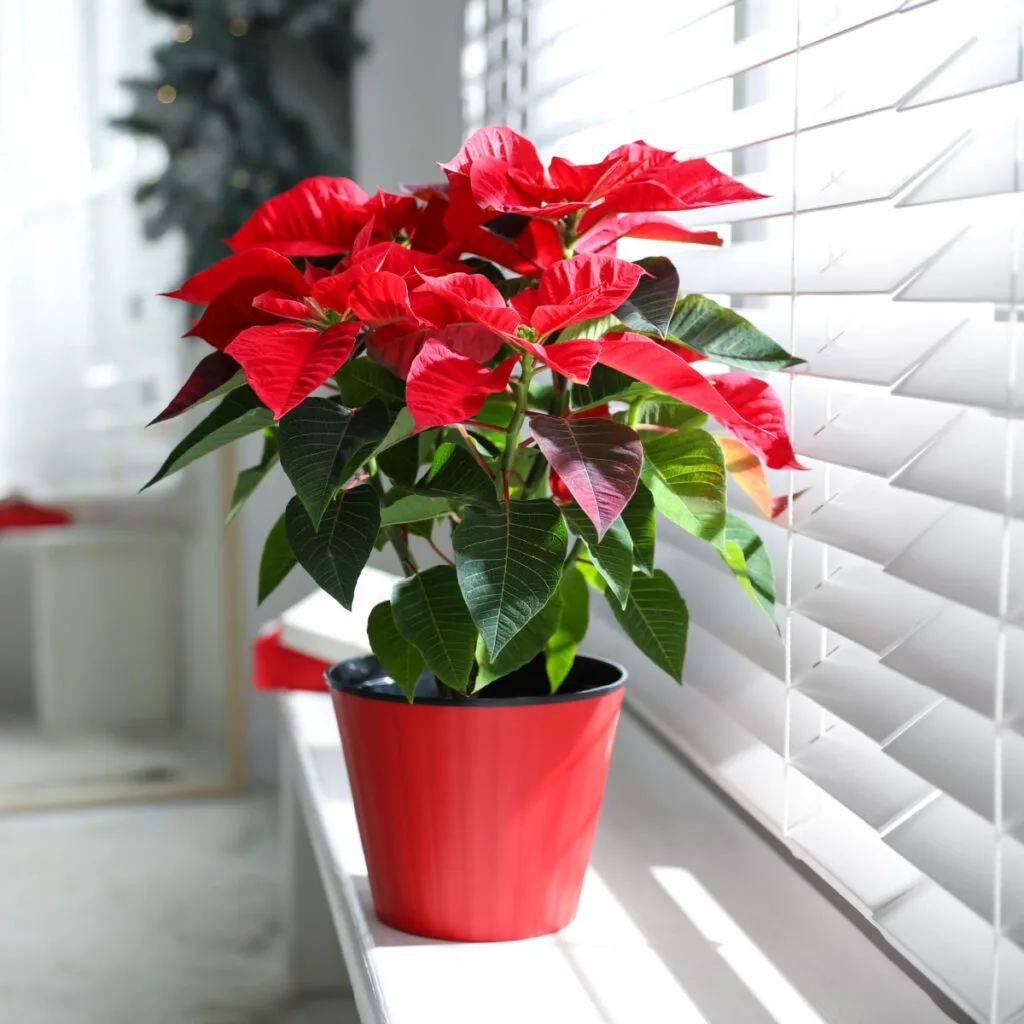
Keeping Poinsettias At The Right Temperature – How To Keep A Poinsettia Blooming Big
Beyond the right moisture and light, the temperature of the room where your poinsettias are growing will have a big impact as well for how long the plant keeps it colorful leaves. Ideally, you should locate poinsettias in a room with a constant temperature between 65° to 75° Fahrenheit.
Quite simply, rooms that are too hot, too cold, or have wild swings of temperatures will lead to early bloom failure. It’s important to remember that poinsettias are a tropical plant. If it’s too cold, they will struggle to grow. But if it’s too warm, their bracts will bloom far too quickly.
Speaking of temperatures it’s also vital to keep poinsettias far from cold or hot drafts. Keep plants away from cold air returns and at a safe distance from exterior door openings. These short bursts of cold drafts will shorten bloom times with the sudden changes in temperature.
Likewise, keep your plants away from heat sources such as hot air vents, fireplaces and heaters. It’s more than fine to display those beautiful poinsettias on the mantle. But take them off if you light that fire!
The overly hot conditions will not only dry out your poinsettia, but shorten the blooms of its bracts by weeks. Even worse, when the fire is out and the room cools off quickly, that will also shorten the bloom times.
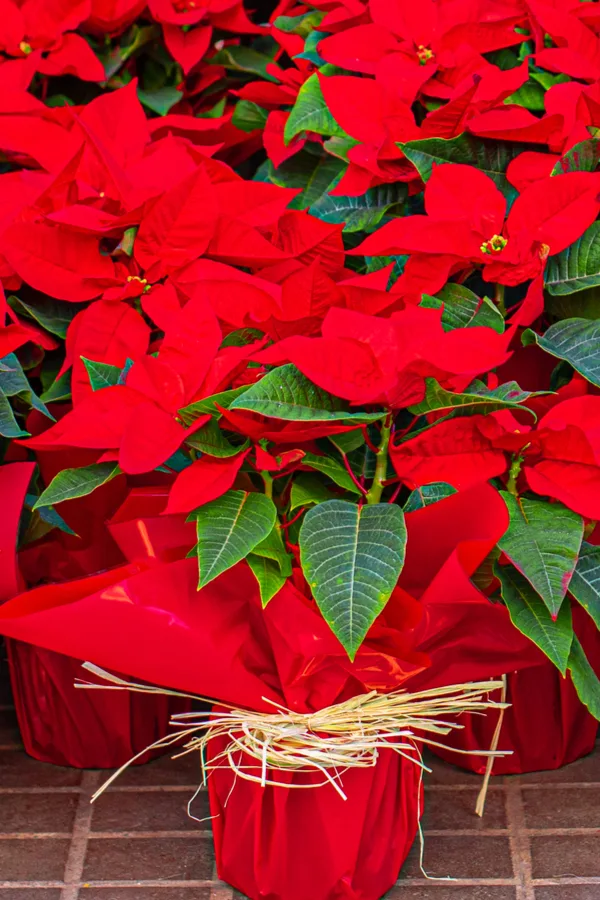
After Christmas Care – How To Keep A Poinsettia Blooming Big
As with everything, all good things must eventually come to an end. No matter how good your care, poinsettias will eventually lose their color. And when they do, with just the slightest bit of care, you can keep them alive and well to have again next year.
Once the bracts have started to fade, simply cut back your plants to a few inches above the stem. Next, place the plant in a well lit window. Within weeks, your poinsettia will start to show new growth and come back alive.
Poinsettias actually make for a great houseplant all spring and summer. And when next year rolls around, you will have a ready to go poinsettia once again for the Holiday season. All for free! For more great information on growing plants indoors, be sure to check out our “Houseplants” category page on the website.
Follow Our Facebook Page For Great Gardening Tips And Advice! This Is My Garden Facebook Page
This Is My Garden is a garden website created by gardeners, for gardeners. Jim and Mary Competti have been writing gardening, DIY and recipe articles and books and speaking for over 15 years from their 46 acre Ohio farm. They publish three articles every week, 52 weeks a year. Sign up today to follow via email, or follow along!
